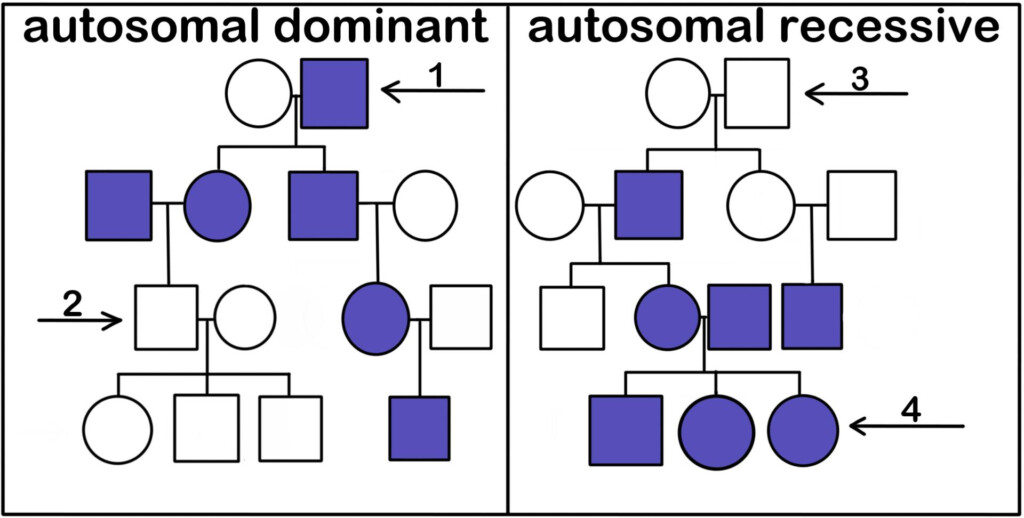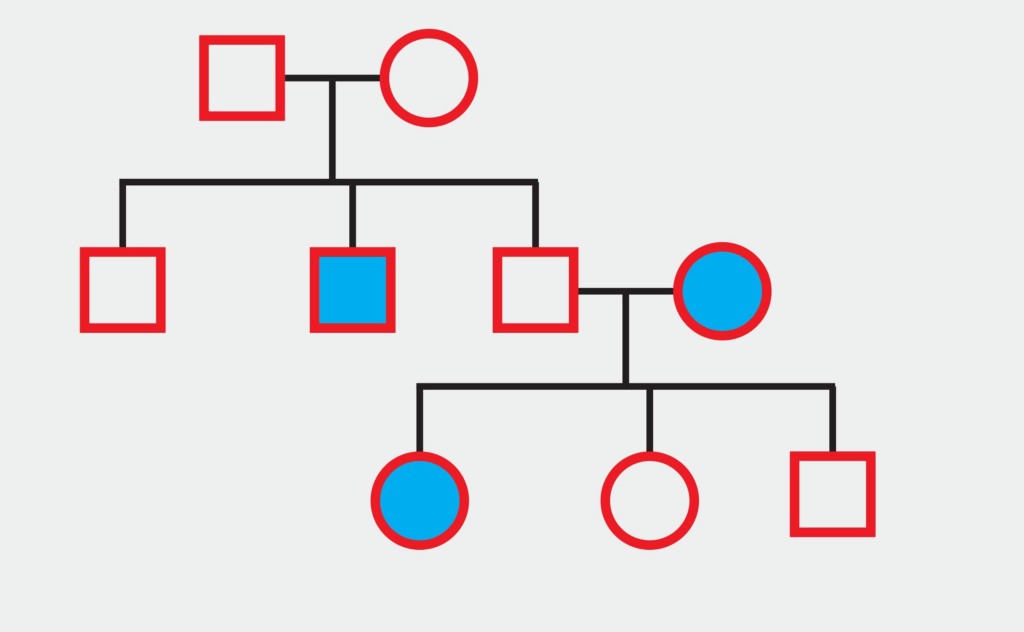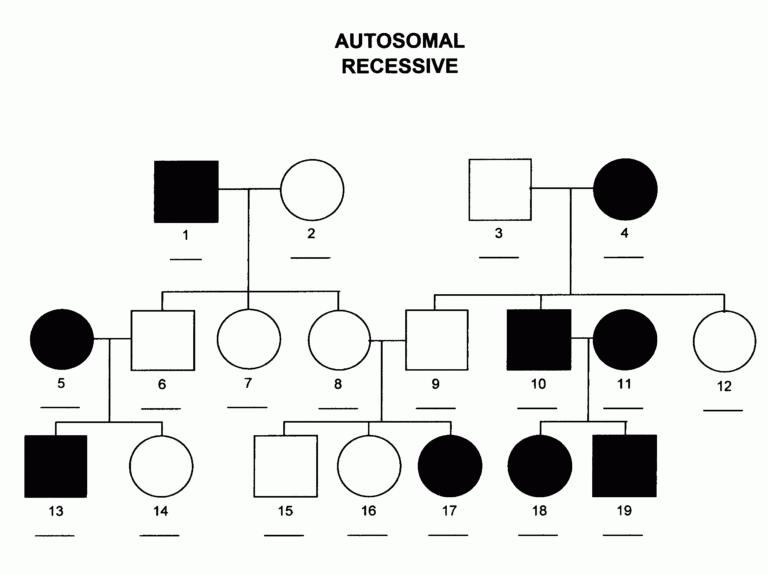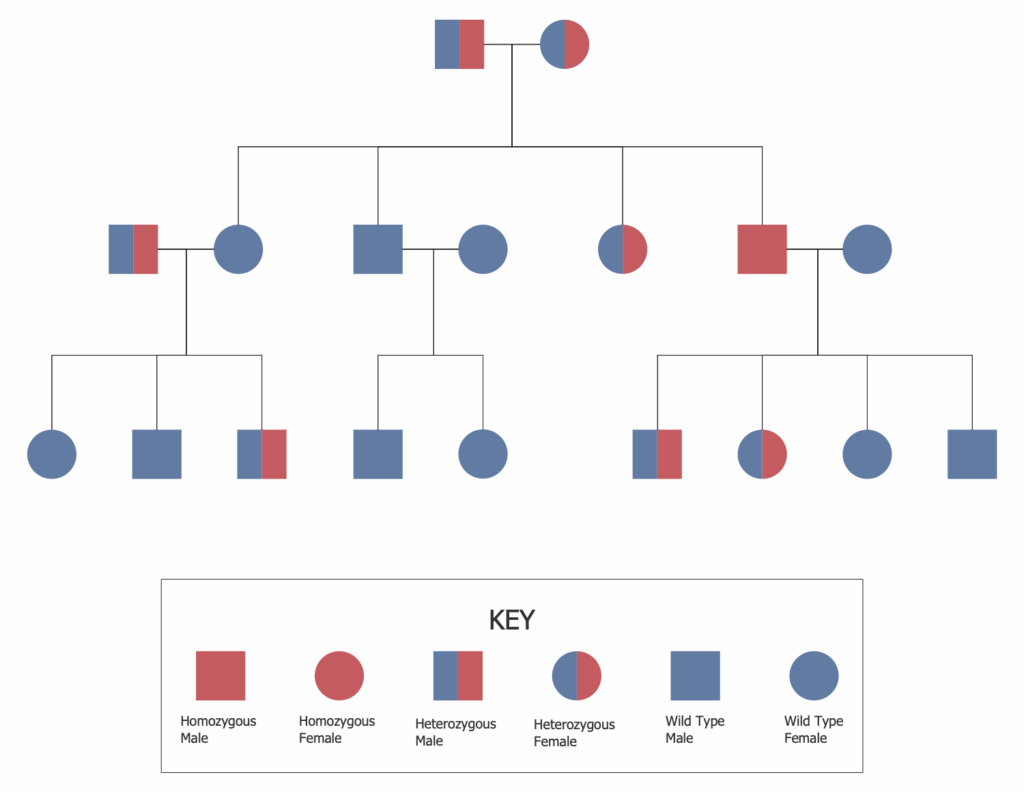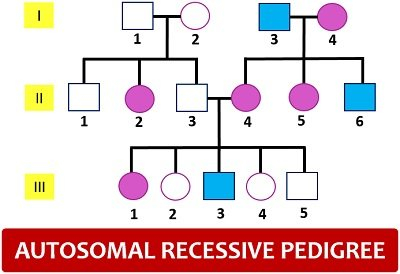An autosomal recessive disorder is a genetic condition caused by a mutation in both copies of a gene on one of the non-sex chromosomes (autosomes). This means that both parents must pass on the faulty gene in order for the child to inherit the disorder. Autosomal recessive disorders are relatively rare, but they can have serious consequences for affected individuals.
Some examples of autosomal recessive disorders include cystic fibrosis, sickle cell anemia, and Tay-Sachs disease. These disorders can manifest in a variety of ways, including developmental delays, organ dysfunction, and neurological problems. In order to better understand and track these disorders within families, genetic counselors often use pedigree charts.
Autosomal Recessive Disorder Pedigree Chart
What is a Pedigree Chart?
A pedigree chart is a visual representation of a person’s genetic history, showing the relationships between family members and indicating which individuals have a particular trait or disorder. In the case of autosomal recessive disorders, a pedigree chart can help genetic counselors identify patterns of inheritance and assess the risk of passing on the disorder to future generations.
In a pedigree chart, males are typically represented by squares and females by circles. A shaded symbol indicates that the individual has the disorder, while a half-shaded symbol may indicate that the individual is a carrier of the faulty gene. By analyzing multiple generations of a family using a pedigree chart, genetic counselors can provide valuable information about the likelihood of a child inheriting an autosomal recessive disorder.
How to Interpret an Autosomal Recessive Disorder Pedigree Chart
When looking at an autosomal recessive disorder pedigree chart, it’s important to pay attention to patterns of inheritance. If two unaffected parents have a child with an autosomal recessive disorder, they are both likely carriers of the faulty gene. This means that each future child has a 25% chance of inheriting the disorder, a 50% chance of being a carrier, and a 25% chance of being unaffected.
Genetic counselors use pedigree charts to track the transmission of autosomal recessive disorders within families and provide information about the risks associated with these conditions. By understanding how to interpret these charts, individuals and families can make informed decisions about genetic testing, family planning, and medical management.
By utilizing pedigree charts and understanding the inheritance patterns of autosomal recessive disorders, individuals and families can gain valuable insights into their genetic history and make informed decisions about their health and well-being.
Download Autosomal Recessive Disorder Pedigree Chart
Autosomal Recessive Pedigree Chart
Autosomal Recessive Inheritance Michigan Genetics Resource Center
Pedigree Chart Vs Family Tree Pedigree Family Chart Tree Recessive
Pedigree Analysis Chart Definition Symbols Types Examples
